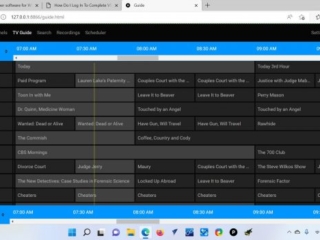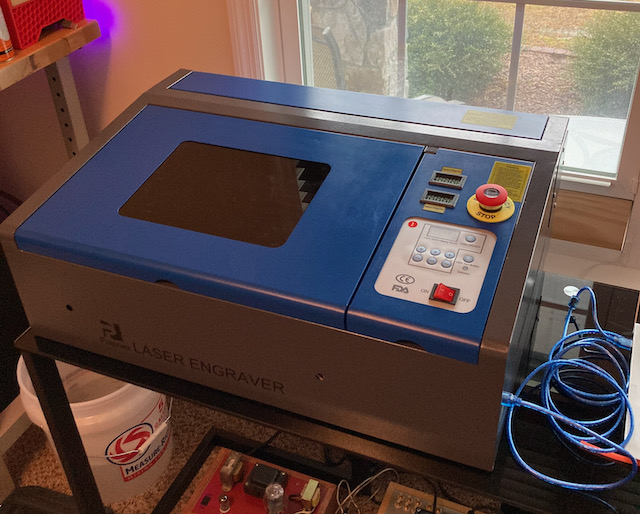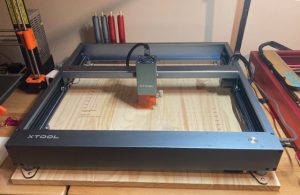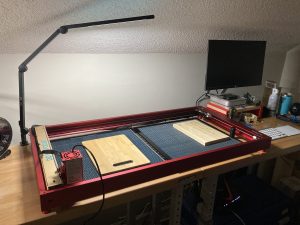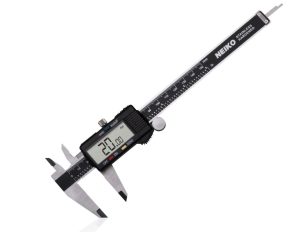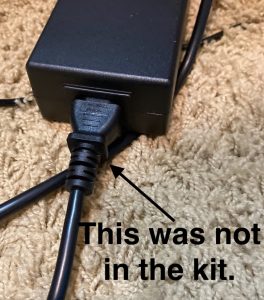IS A COMPUTER WITH NO INTERNET VIABLE?
This is one of my favorite subjects. And it kind of goes along with being prepared for the worst. Small devices such as computers can be easily recharged or used on even a small solar set up. So what can you do with a computer when there is no internet? Quite a lot actually.
I’ve done this before in 2018 with a Linux computer but I’m going to do it this time with a Windows laptop. But it is time to update that post a little bit, I suppose.
And as per my previous recommendation you want to probably use an old laptop and preferably something like a ToughBook. If the internet is down, and life is getting harder you don’t need some baby computer that won’t hold up.
TV
Yep, your computer can be a TV with no internet connection. You do need a USB TV Tuner though. I use the Hauppauge 955Q which is probably obsolete since I couldn’t find it anymore on Amazon. This seems to be the latest generation. Despite which tuner you get make sure that it is ATSC and not PAL. ATSC is US and PAL is European. Your tuner combined with software called NextPVR or probably any number of software programs you can download will give you an Electronic Program Guide and allow you to watch Over The Air Live TV. That program guide does come down from the internet though, and you won’t be able to access it if the grid goes down. Still, you know what your local channels are though.
NOTE: I probably should state that my grid down situation is most likely a hurricane and all the local stations are 40 or so (driving) miles away and inland so they will most likely still be operational. Your situation may vary.
Being able to watch TV during a power outage or while you are Sheltering in Place could provide vital, life saving information. Or it could just provide much needed entertainment in a bad situation.


